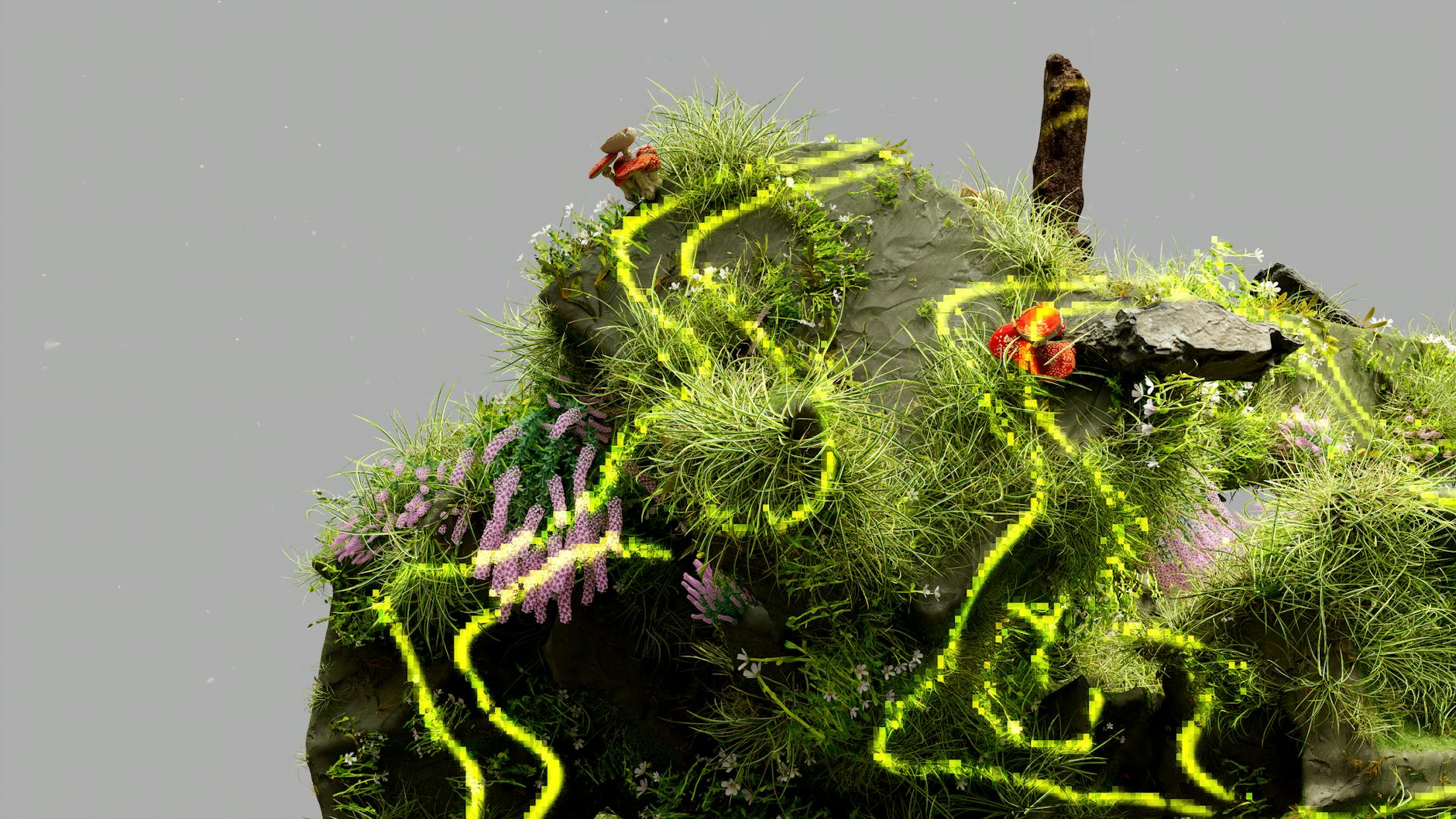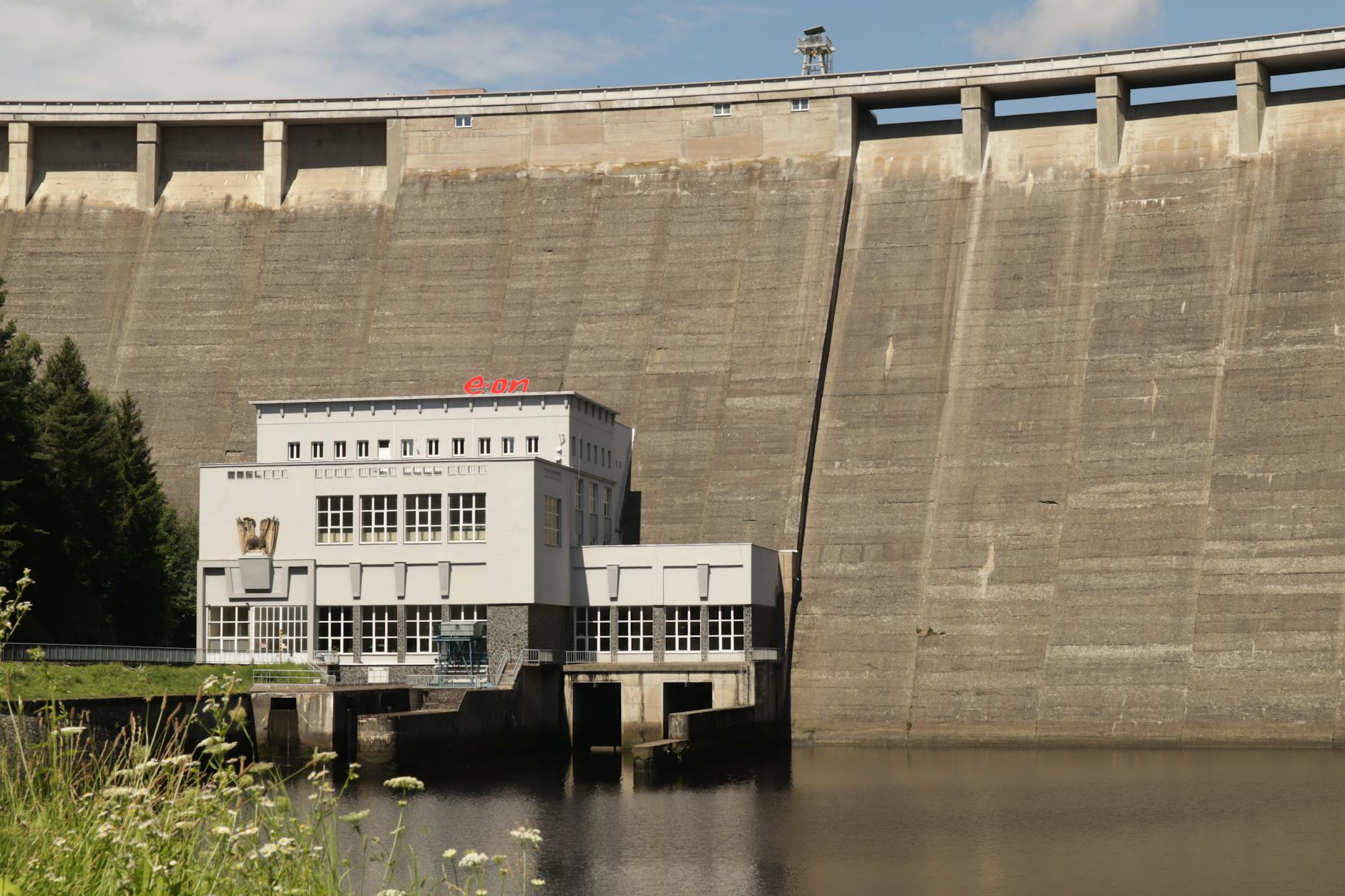Title: Embracing the Future: A Comprehensive Guide to the Evolution of Industrial Automation
In today’s fast-paced technological landscape, industrial automation has emerged as a transformative force, revolutionizing the way industries operate and paving the way for unprecedented efficiency and productivity. From the early mechanization of tasks to the rise of autonomous systems, the evolution of industrial automation has been nothing short of extraordinary. This ultimate guide will delve into the key milestones, trends, challenges, and future prospects shaping the industrial automation landscape.
The Early Days: A Foundation for Innovation
Industrial automation has come a long way since its inception. The early days of industrial automation can be traced back to the Industrial Revolution, where mechanization played a crucial role in increasing manufacturing output. From simple belt-driven machines to the advent of electric power, the foundation for automation was laid down, setting the stage for further advancements.
The Age of Digitalization: Transforming Industries
With the dawn of the digital age, industrial automation witnessed a paradigm shift. The integration of computers and control systems heralded a new era ofautomation, enabling real-time monitoring, data analysis, and process optimization. Sophisticated technologies such as Programmable Logic Controllers (PLCs) and Supervisory Control and Data Acquisition (SCADA) systems became the cornerstone of modern industrial automation.
Industry 4.0: The Fourth Industrial Revolution
The concept of Industry 4.0 represents the convergence of digital technologies, automation, and data exchange in manufacturing processes. This paradigm shift is characterized by the adoption of cyber-physical systems, Internet of Things (IoT), artificial intelligence, and cloud computing. Industry 4.0 is driving unprecedented levels of connectivity, visibility, and intelligence across the industrial landscape, leading to the emergence of smart factories and predictive maintenance strategies.
Challenges and Opportunities in Industrial Automation
While the evolution of industrial automation has unlocked numerous benefits, it is not without its challenges. One of the key concerns is the potential displacement of human workers due to automation. However, with proper reskilling and upskilling initiatives, automation can create new opportunities and enhance job roles. Cybersecurity threats also pose a significant challenge, requiring robust measures to safeguard critical industrial systems from cyberattacks.
Future Trends and Prospects
As industrial automation continues to evolve, several key trends are shaping the future of the industry. The rise of collaborative robots (cobots), additive manufacturing, and digital twins are poised to revolutionize manufacturing processes. Furthermore, advancements in artificial intelligence and machine learning are enabling autonomous decision-making and predictive maintenance, enhancing overall efficiency and productivity.
A Sustainable Future: Balancing Automation and Human Innovation
As we navigate through the ever-changing landscape of industrial automation, it is crucial to strike a balance between automation and human innovation. While automation offers unparalleled speed and precision, human ingenuity, creativity, and empathy remain irreplaceable. By fostering a culture of collaboration between man and machine, industries can harness the full potential of automation while fostering innovation and growth.
Conclusion
The evolution of industrial automation has reshaped the industrial landscape, driving efficiency, productivity, and innovation across various sectors. From the early days of mechanization to the era of Industry 4.0, automation has continuously pushed the boundaries of what is possible. By embracing the latest technologies, addressing challenges proactively, and fostering a culture of continuous learning, industries can embark on a transformative journey towards a more efficient and sustainable future powered by automation. As we stand on the cusp of a new era of industrial revolution, the possibilities are limitless, and the future is bright for those who embrace the wave of automation evolution.


